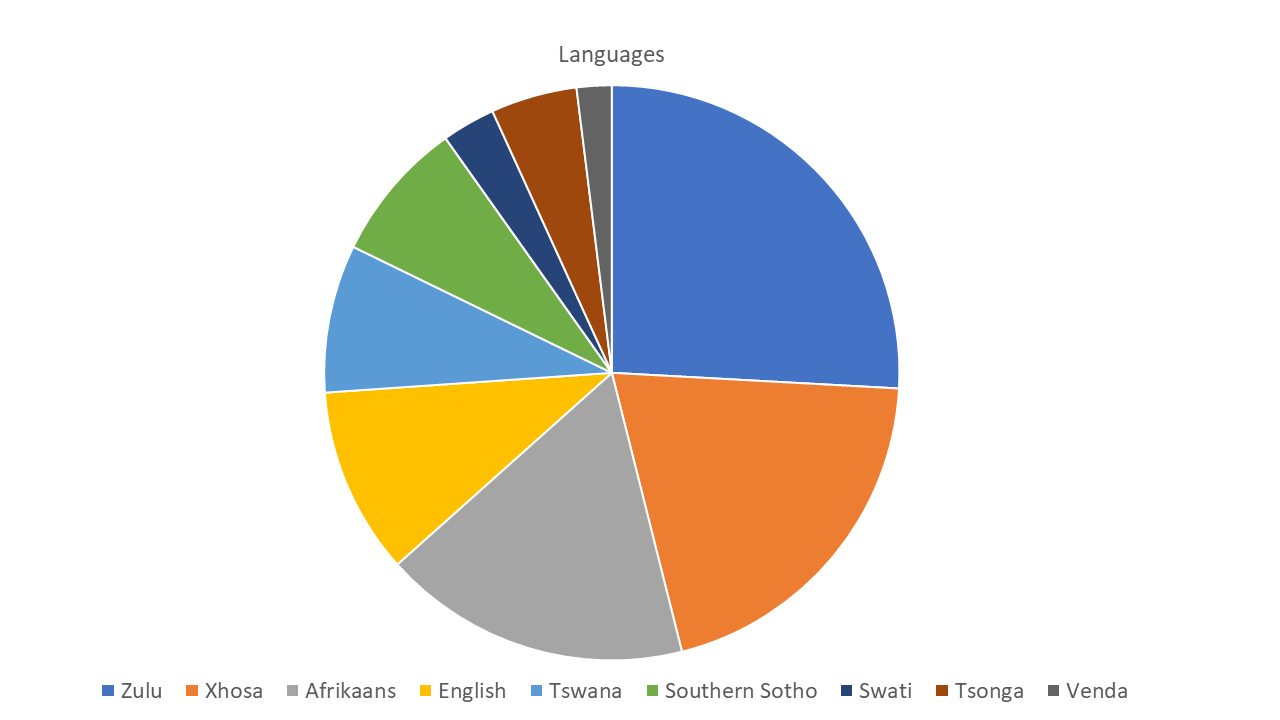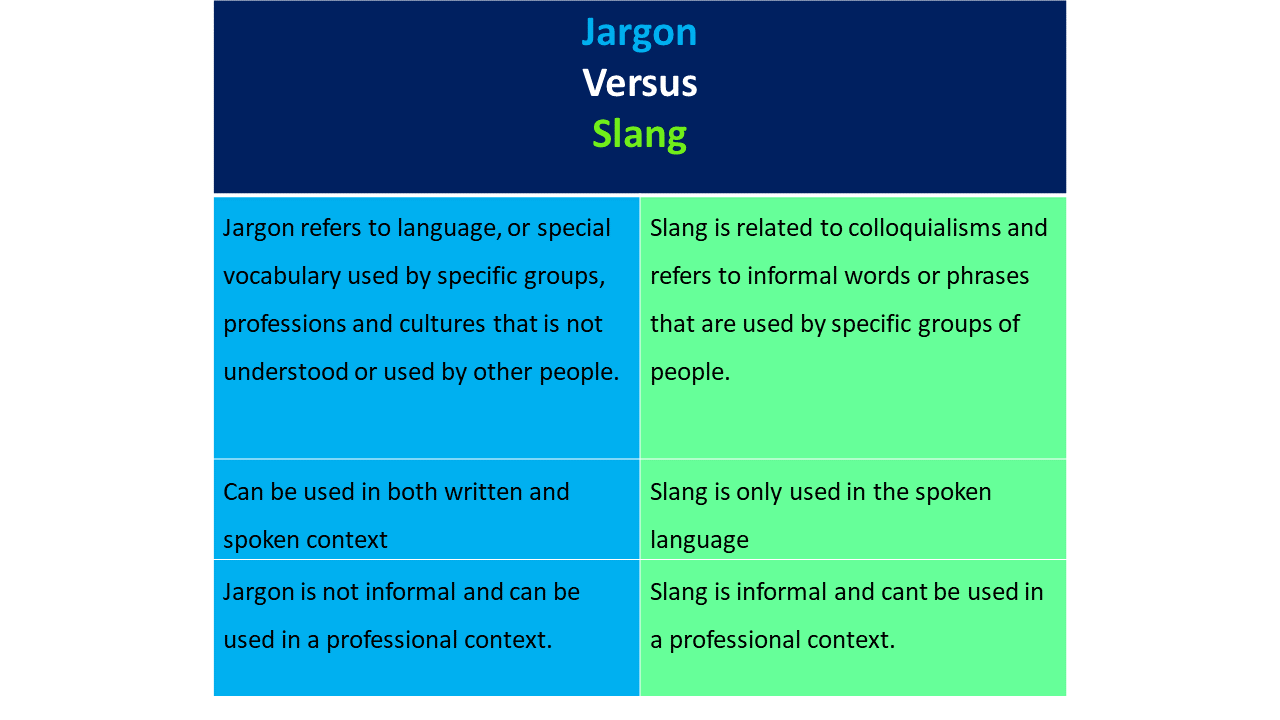What is “Ambiguity”?
Ambiguity can be defined as words or phrases which have more than one possible meaning or that could be interpreted in more than one way.
One can often find ambiguous statements on signs at the side of the road. The following was seen on a sign advertising a take-away: “We don’t just serve hamburgers, we serve people”
Have a look at the following sign, found in an Office Kitchen: “After the tea break staff should empty the teapot and stand upside down on the draining board”
According to the Oxford English Dictionary there are 500 words that are most commonly used in the English language and each has an average of 23 different meanings. So, it is no wonder that we can have difficulties in understanding a message, be it verbal or written.
It is not just in notices that we find sentences that are ambiguous; have a look at some of these instruction labels:
On a bag of Fritos: You could be a winner! No purchase necessary. Details inside. (The shoplifter special!)
This was found on the packaging for a Rowenta iron: Do not iron clothes on body. (But, wouldn’t that save more time?)
Have you ever heard someone refer to a passer-by as “pretty ugly”?
Or maybe your girlfriend/boyfriend has made a statement similar to: “Alone together at last!”
Maybe someone in the office has spoken about a staff member who has attended a discipline enquiry and has commented that the person was “clearly misunderstood”!
So, when you are travelling home, look for signs outside shops or department stores or advertisements on billboards that may be misunderstood.
Some of the above statements are funny, but in our workplace we must make sure that we speak and write clearly without ambiguous words or phrases and without clumsy language. Clumsy and exaggerated language can lead to frustration for the reader and a breakdown in the communication process.
Abstract language also confuses; let’s have a look at a few examples:
|
Abstract |
Concrete |
|
Several weeks ago... Your instructions of 10 May... Send us a The technikon requested.. |
Three weeks ago... Your written instructions of 10 May... Send us a carburettor for a Toyota Corolla 1300, 1996 model... The rector of the local technikon requested... |
Use words that are easy to understand and interpret, for instance, have a look at the following:
|
Avoid |
Use |
|
Approximately Advantageous Cognisant of Criteria Discrepancy Discover Embellish Initiate Remunerate Terminate |
About Good Aware of Standards Difference Reveal Adorn Begin Pay End |
Facts and thoughts should be expressed in simple, understandable language. A natural style will exclude redundant words and avoid the unnecessary use of sensitive adjectives and non-descriptive adverbs.
Dialect
Dialect, also called an accent, refers to the way in which people from a particular region or particular social group speak. There are two types of dialect, regional and social.
There are different dialects of English. In Australia, the English dialect is different from the dialect spoken in New Zealand. Austrians who speak English as a second language have a unique variety of German accent.
The English spoken in Britain has different dialects. Standard British is commonly known as "the Queen's English," "Received Pronunciation" or "BBC Standard." This is the more educated dialect of Southern England.
Some English South African dialects resemble varieties of soft Australian or New Zealand dialects.
In South Africa, there are different patterns of dialect. For example, siZulu spoken in Hluhluwe is different from that spoken in Johannesburg.
Have a look at the following list of languages and patterns of dialects spoken in South Africa
Afrikaans: Cape Afrikaans (Western Cape Afrikaans), Orange River Afrikaans: Eastern Cape Afrikaans.
English: `Coloured', Black, South African Indian, and Afrikaans English, White South African English (distinguishing between `Conservative', `Respectable', and `Extreme' South African English).
Southern Sotho: Taung, Phuthi. Classification: Niger-Congo, Atlantic-Congo, Volta-Congo, Benue-Congo, Bantoid, Southern, Narrow Bantu, Central, S, Sotho-Tswana, Sotho, Southern.
Swati: Baca, Hlubi, Phuthi. Classification: Niger-Congo, Atlantic-Congo, Volta-Congo, Benue-Congo, Bantoid, Southern, Narrow Bantu, Central, S, Nguni.
Tsonga: Luleke (Xiluleke), Gwamba (Gwapa), Changana, Hlave, Kande, N'walungu (Shingwalungu), Xonga, Jonga (Dzonga), Nkuma, Songa, Nhlanganu (Shihlanganu).
Tswana: Tawana, Hurutshe, Ngwaketse, Thlaro, Kwena, Ngwato, Tlokwa, Melete, Kgatla, Thlaping (Tlapi), Rolong.
Venda: Phani, Tavha-Tsindi.
Xhosa: Gealeka, Ndlambe, Gaika (Ncqika), Thembu, Bomvana, Mpondomse (Mpondomisi), Mpondo, Xesibe.
Zulu: Lala, Qwabe.
Note the following South African language population percentages:
Zulu is spoken by 22.4% of the population in South Africa; Xhosa by 17.5%; Afrikaans by 15%; English by 9.1%; Tswana by 7.2 %; Southern Sotho by 6.9%; Swati by 2.6%; Tsonga by 4.2% and Venda by 1.7%

Jargon
Jargon refers to language, or special vocabulary used by specific groups, professions and cultures that is not understood or used by other people. For example, if you work in the manufacturing industry you will use words that people who work in the computer industry would not understand.
